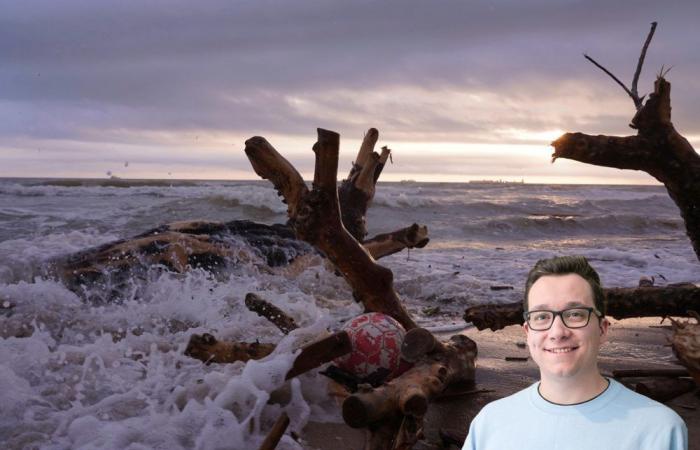Luxembourg is still under stable high pressure influence, while storms continue to occur, particularly in Spain. Portugal comes under the influence of ex-tropical storm Patty.
The weather hasn’t changed much since the last edition of our column: we’re still dealing with an entrenched general weather situation, with a major high lying over large parts of the European continent. This high is quasi-stationary, while low pressure areas on the eastern and western flanks prevent it from moving – at least for now! Some models are “working” on a change, but before that happens it remains very quiet and doesn’t require much attention.
Things still look different in Spain: almost a week after the devastating and catastrophic storms in the east of the country, the Spanish weather service AEMET repeatedly issued weather warnings of heavy rainfall. On Sunday, the highest warning level, red, was again in effect for Valencia for a few hours and there were new floods. In the first half of yesterday, Monday, the precipitation shifted northwards and brought large amounts of rain in and around Barcelona: at the airport in the capital of Catalonia, almost 150 l/m fell within just four hours2!
A look at the weather model maps reveals that heavy rains are likely to continue until next week, mainly in the western Mediterranean. These are due to the formation of new lows, which benefit from the fact that cool air masses are pushed over a Mediterranean that is still too warm. The summer, which is far too warm, has its consequences well into autumn.
Remnants of tropical storm hit Portugal
From the Mediterranean we look over to the eastern Atlantic, where interesting things are also happening. Subtropical Storm Patty passed over the Azores on Sunday. It is the 16th named storm by the National Hurricane Center (NHC) in the United States. Such a storm has both tropical and extratropical characteristics and usually forms in the transition area between a tropical and temperate climate zone. Over the Azores, the storm reached average wind speeds of 85 to 100 km/h, and heavy rain led to flooding. On Monday night, the NHC changed the storm’s status back to a tropical storm as the system regained symmetry and reappeared with a defined eye. However, this change has no effect on the intensity.
The remains of Patty are currently making landfall near Porto and are primarily bringing heavy rain, flooding is possible. The wind is still blowing on average at more or less 45 km/h, so it no longer poses a relevant danger. This storm is the next storm after ex-Hurricane Kirk, which came ashore in Brittany on September 9th as an extratropical low.
“Rafael” greets you from the Caribbean
In the last column we also discussed the Caribbean, where there were indications that a new tropical storm could soon form. The formation is currently in full swing; as of Sunday evening, the NHC has already described the system as a “potential tropical storm”. So it can’t be long before the next name, “Rafael”, appears on the weather maps. Meteorologists are already warning of tropical storm-force winds in Jamaica, and the Cayman Islands are already under a hurricane warning. According to current projections, Rafael is expected to arrive in western Cuba on Wednesday afternoon local time as a first-category hurricane. It is still uncertain whether it will then continue its journey in the Gulf of Mexico or even head for northwest Florida.






